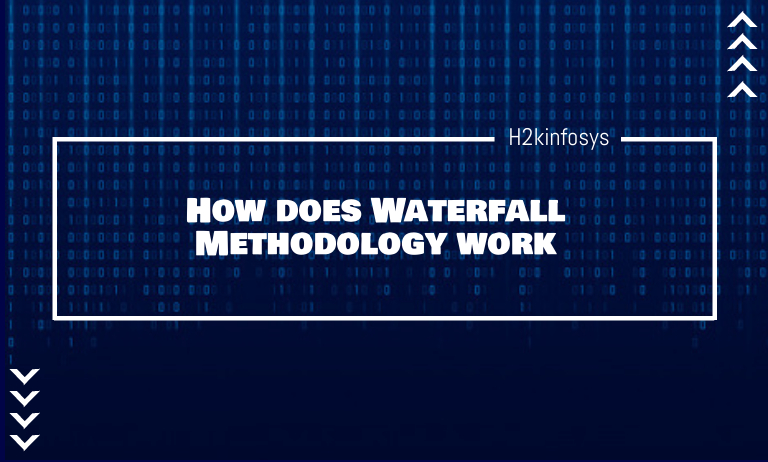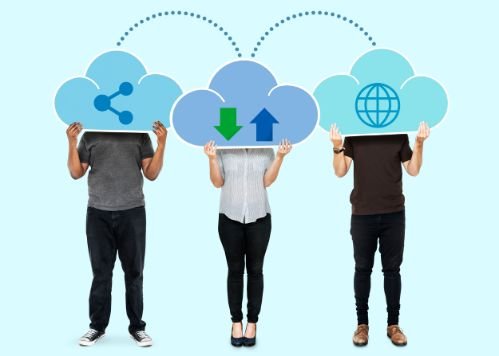The waterfall methodology is one of the most widely recognized and customary philosophies utilized in the management of projects. The analysts have been using waterfall methodology in daily projects where all the necessities are characterized and there is no extension for change in the prerequisites.
The stages in the waterfall model are possibly performed when the last stage must be finished so it can’t be changed or affected in the request for this model. Stages moved from higher to lower. Since the waterfall methodology has a ladder-like type of a waterfall, that is falling and can’t change the arrangement (just falls), consequently, it got its name: the waterfall methodology.
Some of the project scenarios where implementing Waterfall Methodology is the most fitting option:
- The task is short
- There are clear and fixed prerequisites
- Climate stable
- Rich and reasonable assets
- Assets are prepared carefully
While the applicability of the waterfall methodology varies as per the project scenario and Business Analyst, there are some flexible phases of the methodology itself.
Phase 1: Analysis of Requirement
The objective that this stage needs to accomplish is a rundown of prerequisites for the product. Accordingly, in this stage, plan, work, and objective are perceived and the necessities are recorded. Here, the details of the information or the eventual outcome are caught in the product requirement specification document.
Phase 2: System Design
Now, as we have explicit necessities, we will start to make a total blueprint depicting the outlines that help decide the framework and product prerequisites, just as the real steps. To do the same, the requirement particulars from the first phase are concentrated in this stage, and framework configuration is readied. It is presently conceivable to meet the prerequisites that broke down in the first phase.
Phase 3: Implementation
After the design phase is passed, developers will begin sending the activities of the projects they got. With contributions from system design, the product is part of little units. The first framework was created in small programs called units. Every unit will be created and tried as a unit or function test. This is the coding stage where the necessities are turned over into units that are incorporated to make the finished product.
Phase 4: Testing
In this phase, all the units created in the implementation phase are incorporated to proceed with the making of a product. This phase is useful for connecting units from the engineering team and incorporating them into a system post unit testing. Play out all test operations (non-functional and functional) to guarantee the system meets the prerequisites. Testing is done with the goal that the customer doesn’t confront any issue during the establishment of the product.
Phase 5: Installation
When testing is done, and the product is discovered to be finished without any errors, it is sent to the client environment or delivered into the market. Besides, we propose guaranteeing that the test measures are met and send the application in a separate environment. Likewise, play out an environmental check after the application is conveyed to ensure the application is liberated from issues.
Phase 6: Maintenance
Also, to wrap things up, the product will begin being placed into utilization. After Installation is supplemented, alterations are made to the system or an individual segment to adjust attributes or improve execution. These progressions are made because of solicitations from the customer or any error in the product which was not recognized during the testing stage.
So, on the grounds that the cycle follows a successive methodology, business analysts can’t return to a past advance. This implies that there is no space for errors to stream down to an ensuing phase. All mistakes require to be amended before a resulting stage can start.
In view of this, this methodology or methodology has various points of interest and weaknesses. Also, there has always been a buzz comparing agile methodology vs waterfall methodology. Thus, it is safe to say that no specific methodology works in all conditions, you must explore them all to understand which works best with what type of products.





























3 Responses